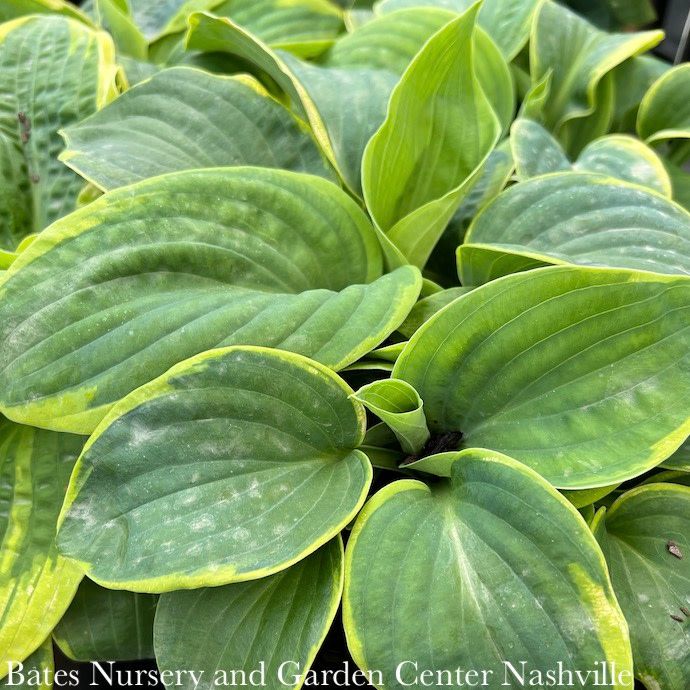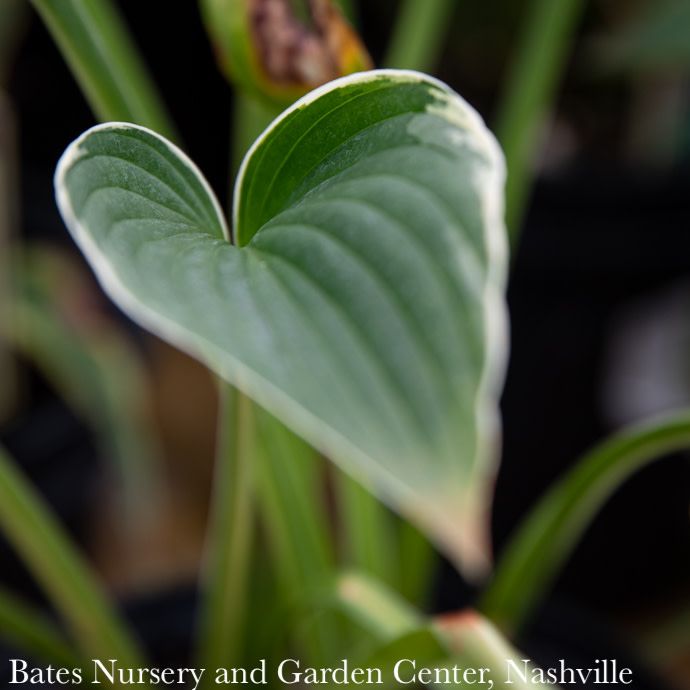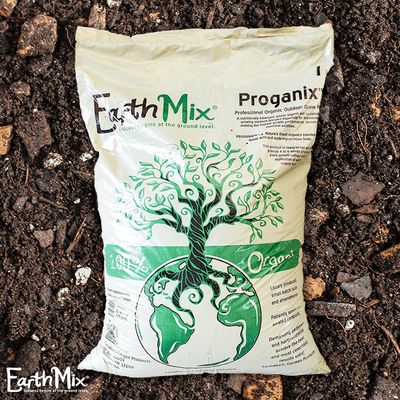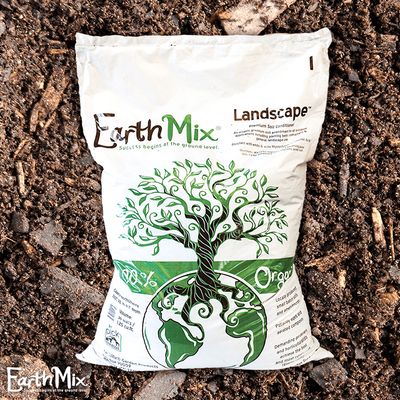#1 Hosta Frances Williams/ Variegated Blue-Green
#1 Hosta Frances Williams/ Variegated Blue-Green
Reminiscent of a watercolor painting, this hosta's giant leaves blend matte blue-green centers with bright chartreuse margins. The rounded, textured leaves are resistant to slugs but prefer to be protected from the sun. White flowers emerge in summer.
Scientific Name: Hosta 'Frances Williams'
Common Name: Frances Williams Hosta
Garden Size: 20-36 inches tall by 36-48 inches wide; scape height 30-40 inches
Growth Rate: Most hostas have a moderate to fast growth rate.
USDA Zone: 3-9
Exposure: Partial to full shade
Water & Soil: Moist, well-drained soil
Habit (Form): Mounding
Foliage: Enormous, nearly round leaves with a subtle heart shape. The leaves have blue-green centers and wide, yellow to chartreuse margins, with a feathered or tufted appearance where the two colors meet. The robust foliage has a corrugated texture, making it resistant to slugs. This hosta is vulnerable to sun damage and prefers to be well shaded.
Flowers: White, tube-shaped flowers that grow on scapes above the foliage. Blooms mid to late summer.
Plant Origin: East Asia, primarily Japan and Korea. Most commercially available hostas are hybrids.
Wildlife Support: Hummingbirds and some bees enjoy the flowers. A favorite treat for our local deer.
Fertilizing: Apply compost in early spring before new growth emerges.
Pruning: Remove spent flower stalks to encourage new growth; trim back damaged or yellowing leaves as needed. Leave the leaves over the winter and wait until early spring to clean up.
ASPCA Toxicity flags (see their site for details): Toxic to dogs, cats, and horses
Uses: Ideal for shade gardens, woodland borders, and container plantings.
AHS Classification: I-5b (Giant Leaved, Yellow Margined, Green to Blue Center)
Parentage: Sport of H. 'Elegans'
Notes: Parent of many sports and progeny.






